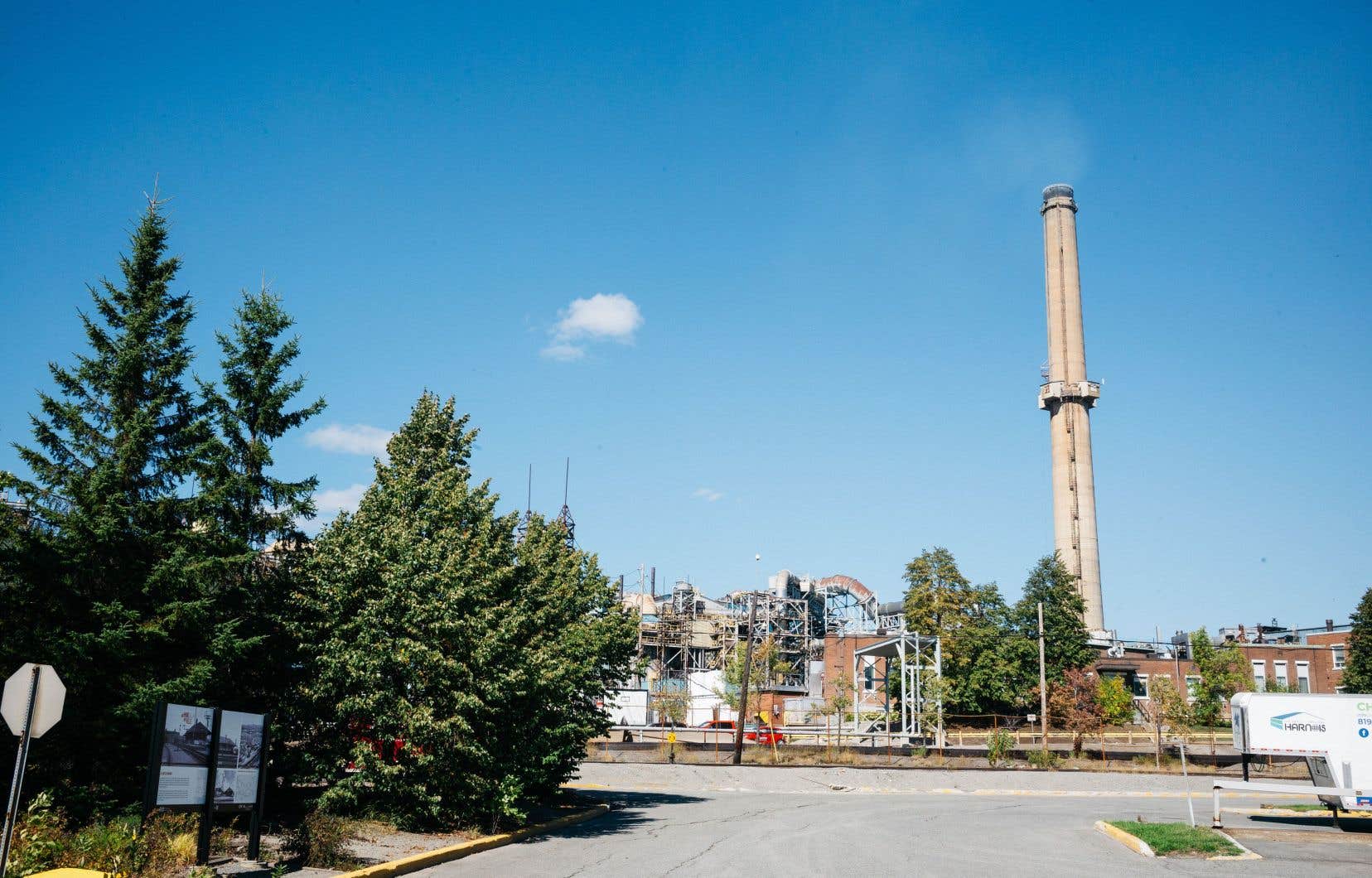A request for class action was filed Monday against the Horne foundry in Rouyn-Noranda and the government of Quebec. Residents of this Abitibi town criticize the Glencore company for releasing into the environment a “cocktail of toxic and carcinogenic contaminants” and the government for having tolerated or even authorized this pollution to the detriment of their health.
“These citizens are wondering why they do not have the same right to a healthy environment as other Quebecers,” said in an interview the lawyer who will lead the request for collective action, Mr.e Karim Diallo.
The Horne smelter’s air emissions, which include arsenic and lead, have been the subject of monitoring for years, in addition to generating much discussion since last year.
Reports have shown that this industrial complex of the multinational Glencore releases concentrations of arsenic into the atmosphere much higher than the Quebec ceiling standard. Public Health has long recognized the risks associated with this chemical element.
After citizen demonstrations around the foundry and repeated calls for action and sanctions to the government, residents of Rouyn-Noranda have clearly had enough: they are now going to court.
They accuse the Horne foundry of several faults which engage its responsibility, namely having released pollutants into the environment for decades without their knowledge in contravention of legal standards.
By not investing in measures or equipment that could reduce its emissions, the foundry and its shareholders have enriched themselves to the detriment of the health of the plaintiffs’ members, it will be argued.
As for the Quebec government, it is, according to them, responsible for having tolerated and even authorized this pollution to continue over the years, even though various reports and committees recommended the adoption of more severe standards for the foundry, argues Me Diallo. This contamination is in contravention of his own Environmental Quality Act, he added.
“Despite all the data in its possession, the Quebec government failed to notify the members of the group, adequately and in a timely manner, of the nature, details and extent of the exposure to toxic and carcinogenic contaminants suffered by the members of the group and its effects on their health,” is written in the action which maintains that the State thus intentionally infringed on their fundamental rights enshrined in the Quebec Charter.
“Where the legislative and executive branches of government fail the citizens they represent, they have no other alternative than to go to court to obtain redress for the wrongs they suffer,” we can read in the class action request filed in Superior Court.
Increased risks for various diseases
These residents of Rouyn-Noranda, particularly those living in the Notre-Dame district located very close to the foundry, thus have a reduced life expectancy and an increased risk of developing various illnesses, explains the lawyer.
The action cites a host of studies, including the 2022 “Population Health Monitoring Data” from the Advisory Committee for Monitoring the Biomonitoring Study of the CISSS de l’Abitibi-Témiscamingue, which notably state of life expectancy at birth varying between 2.5 and 6.6 years less in Rouyn-Noranda than the Quebec average. She also cites a higher prevalence of chronic obstructive pulmonary disease (COPD) and lung cancer in this city than in the rest of the province.
Those who request to be representatives for the purposes of the collective action, Julie Fortier and Miguel Charlebois, have not yet developed any illness linked to this exposure to contaminants.
“But they find themselves living with a kind of sword of Damocles hanging over their heads, not knowing when and how this exposure could affect their physical health,” emphasizes M.e Diallo.
He has chosen not to seek damages on behalf of residents for the various cancers and illnesses that may have been caused by exposure to the emissions — at least not yet. It’s a thoughtful strategy, based on his past experience with the class action he led in the water contamination case in Shannon, a small municipality near Quebec City.
Since it is “very, very difficult” to prove “the cause and effect link” between exposure to contaminants and the development of a disease, he chose to concentrate his efforts on the other consequences on citizens: stress, fear of becoming ill or that their children will develop cancer. Moral damages are therefore claimed from the foundry and the government in this regard, as well as punitive damages.
A compensation plan will eventually be submitted to the court, explained Me Diallo: the amounts claimed vary depending on the sector of the city where the citizens reside and the number of months they have lived there. But as an example, $226,000 is requested for Mme Fortier, plus $80,000 in punitive damages. For Mr. Charlebois, damages of $135,000 are required in addition to $54,750 in punitive damages.
Given the filing of legal proceedings, Glencore indicated by email that it did not wish to comment. The Minister of the Environment did not wish to react to the filing of the lawsuit despite the request of the Duty.
The collective action must first pass a first milestone: a judge must authorize it to move forward. If so, she will then be able to go through all the steps that will lead to a proper trial — which can take years.
